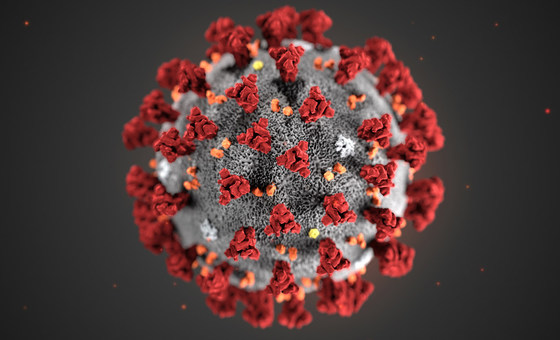Introduction
As the world continues adapting to post-pandemic life, occasional COVID-19 surges still remind us that the virus hasn't entirely vanished. In June 2025, India is witnessing a mild rise in COVID-19 cases. While the numbers are slightly increasing, health experts suggest there's no reason to panic. In this update, we'll explore the latest case statistics, affected states, expert opinions, and the government's response to this evolving situation.
📈 Where Are Cases Rising?
The current COVID-19 surge in India is not uniform and appears to be concentrated in a few key states. Kerala leads with approximately 1,957 active cases, followed by Gujarat with 822, West Bengal with 693, Delhi with 686, and Maharashtra with 595 active cases. These regions together account for a significant portion of the total active cases in the country. Despite the rise, the overall severity remains low, with minimal hospitalizations, and most patients are experiencing mild symptoms and recovering comfortably at home.
🧬 What's Causing This Spike?
The rise in infections has been attributed to a mild sub-variant of Omicron, sometimes referred to by doctors as a "great-grandchild" of the original strain. This variant is highly transmissible but less severe, with symptoms resembling common seasonal illnesses like cough, cold, and mild fever. According to health experts, there's no major concern about this variant becoming deadly or overwhelming the healthcare system.
🏥 Is the Healthcare System at Risk?
Fortunately, the pressure on India's healthcare infrastructure remains minimal. There has been no noticeable increase in hospital admissions, and the vast majority of cases are being managed through home isolation and self-care. However, the Ministry of Health and Family Welfare has issued advisories to hospitals and state governments to ensure that essential supplies such as oxygen, antiviral medications, and testing kits are adequately stocked as a precaution.
😷 What Precautions Should You Take?
While the current wave of COVID-19 is not considered severe, public health officials continue to urge people to follow basic precautionary measures to prevent further spread. This includes wearing masks in crowded indoor spaces, maintaining hand hygiene, and regularly sanitizing frequently touched surfaces. Individuals are also advised to stay home if they feel unwell and get tested if any symptoms appear. These precautions are especially important for vulnerable groups, such as senior citizens and those with chronic health conditions, who remain at a higher risk of complications.
Future COVID Threats from China
As of June 2025, scientists are keeping a close watch on new viruses emerging from China that could pose future risks. While current variants like NB.1.8.1 cause mild illness, some bat coronaviruses show potential to infect humans if they mutate further. Although there's no immediate danger, ongoing monitoring and preparedness are essential to prevent any new outbreaks from turning into a global threat.
Conclusion
India is experiencing a mild and manageable rise in COVID-19 cases in June 2025. The virus is now behaving more like an endemic seasonal infection rather than a pandemic threat. While the numbers are up slightly, they don't pose a serious risk at this time. Staying cautious, following simple preventive measures, and keeping track of health advisories is the best approach moving forward. As always, public health is a shared responsibility — and with the lessons learned over the past few years, India appears to be well-prepared to handle this phase calmly and effectively.
